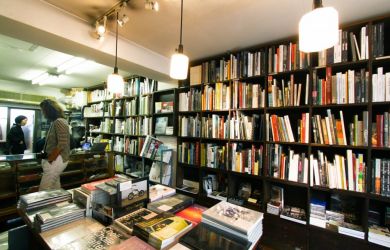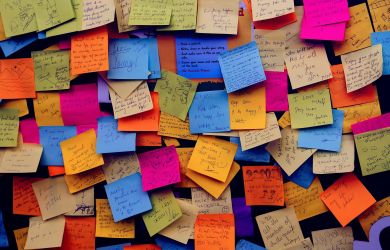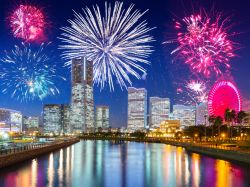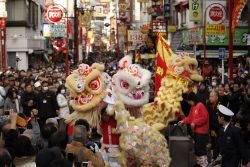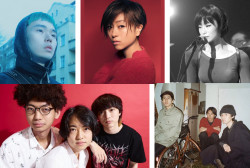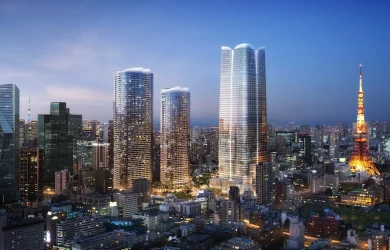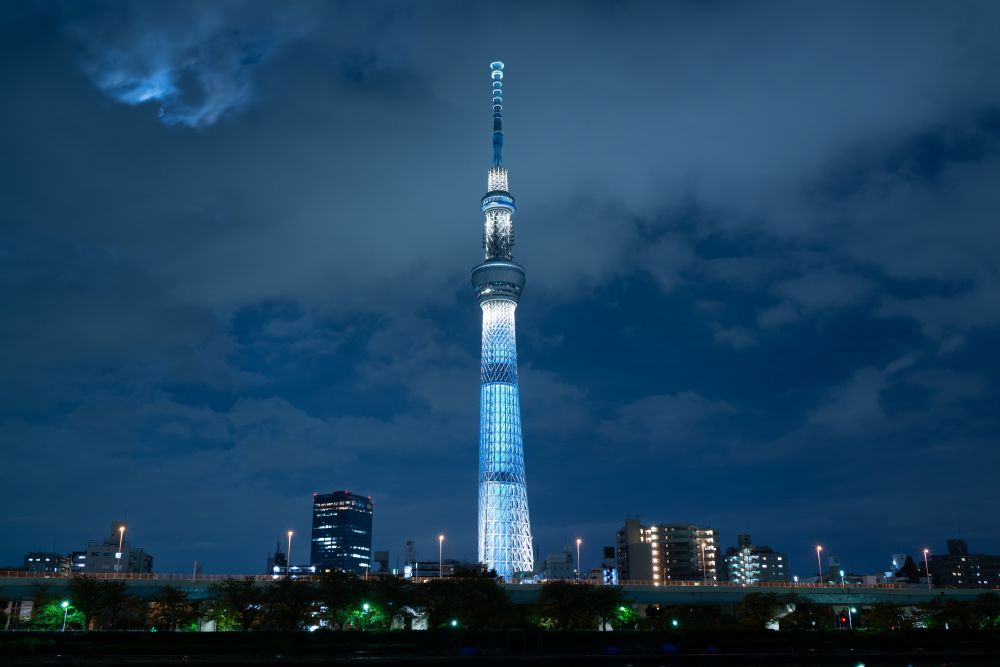
With almost 900 train stations serviced by over 120 lines, probing into almost every nook and cranny of the city and its immediate surrounds, there is no doubt that Tokyo’s train system is a marvel of sightseeing convenience. One such line is the Tobu Skytree Line. Extending from Tokyo’s famous downtown to the spacious urban sprawl of southern Saitama Prefecture, the 114 kilometers of the Tobu Skytree offers a treasure trove of sightseeing spots.
Tokyo Skytree Station
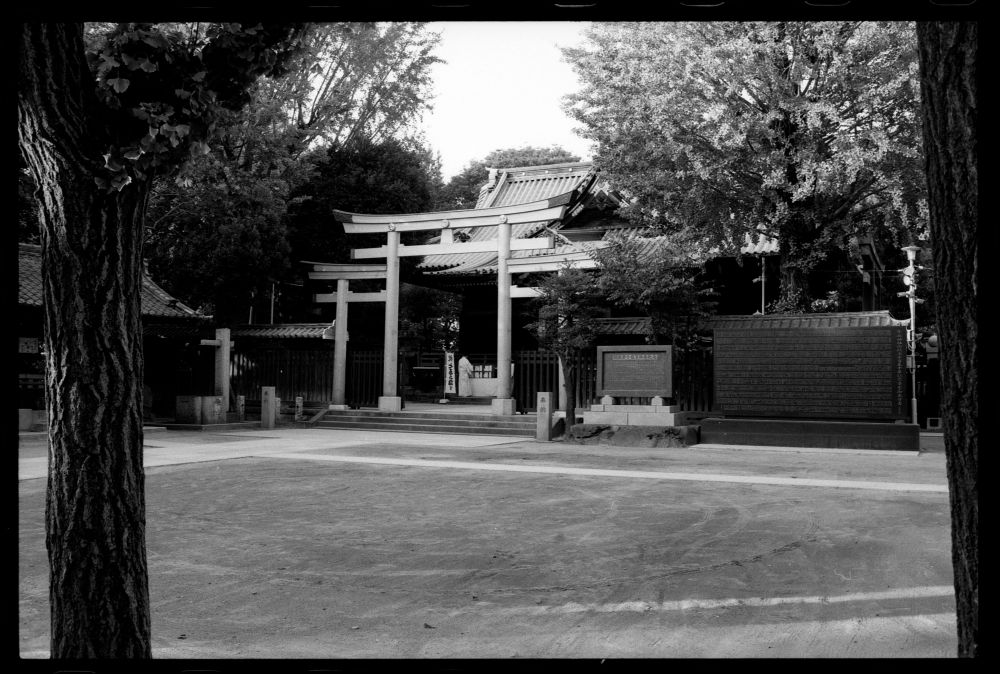
With its world-renowned Sensoji Temple and Nakamise shopping street, Asakusa, the line’s first station needs no introduction. But up next is Tokyo Skytree Station, home to the ultramodern Tokyo SkyTree Tower, as well as the ancient Ushijima Shrine. At a whopping 634 metres, the tallest broadcasting tower in the world was completed in 2012 and comes attached with Tokyo Solamachi, an annex divided into three “wards” filled with hundreds of shops, restaurants, cafes, museums, observation decks, planetariums and even an aquarium.
A whole day could be spent just exploring the tower but a few minutes strolling towards Sumida River and you’ll come across Ushijima Shrine. Legend has it that a bull demon visited and dropped a lock of its hair, turning the shrine into a beacon for those seeking cures for their illnesses. Along with many cattle statues, the shrine complex features several torii sacred gates including a rare three-arched miwa torii.
Higashi-Mukojima Station
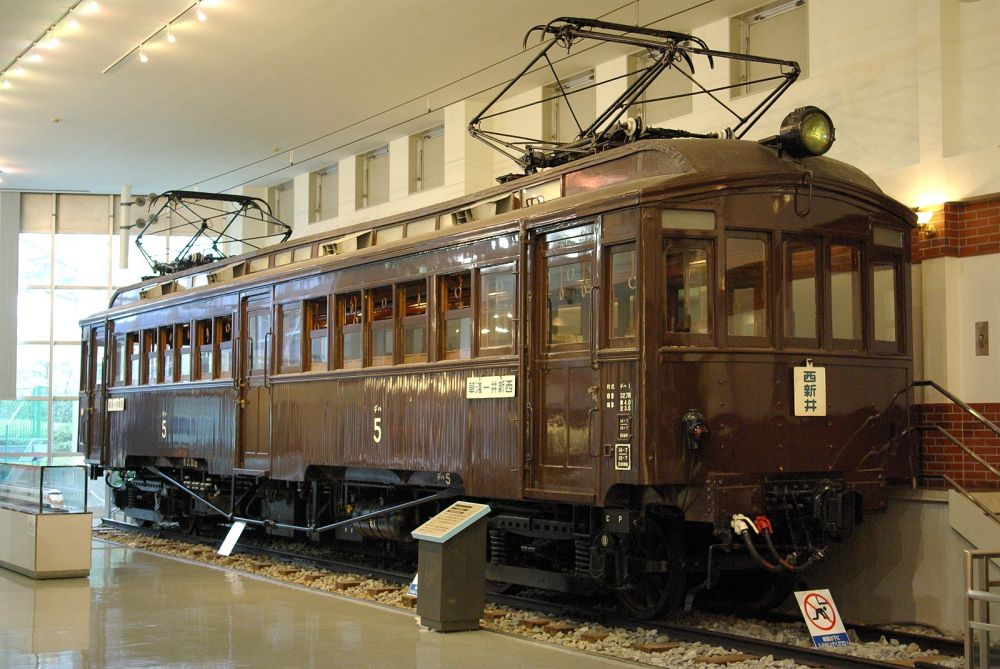
A few stops along sits Higashi-Mukojima Station, home to the Tobu Museum and the century-old Mukojima Hyakkaen Garden. The museum, located underneath the station, is filled with train, bus, and cable car exhibits. The whistling steam train is a favorite among kids who not only take part in the many simulators available but also get to watch the trains above them whiz past from a viewing portal on the second floor.
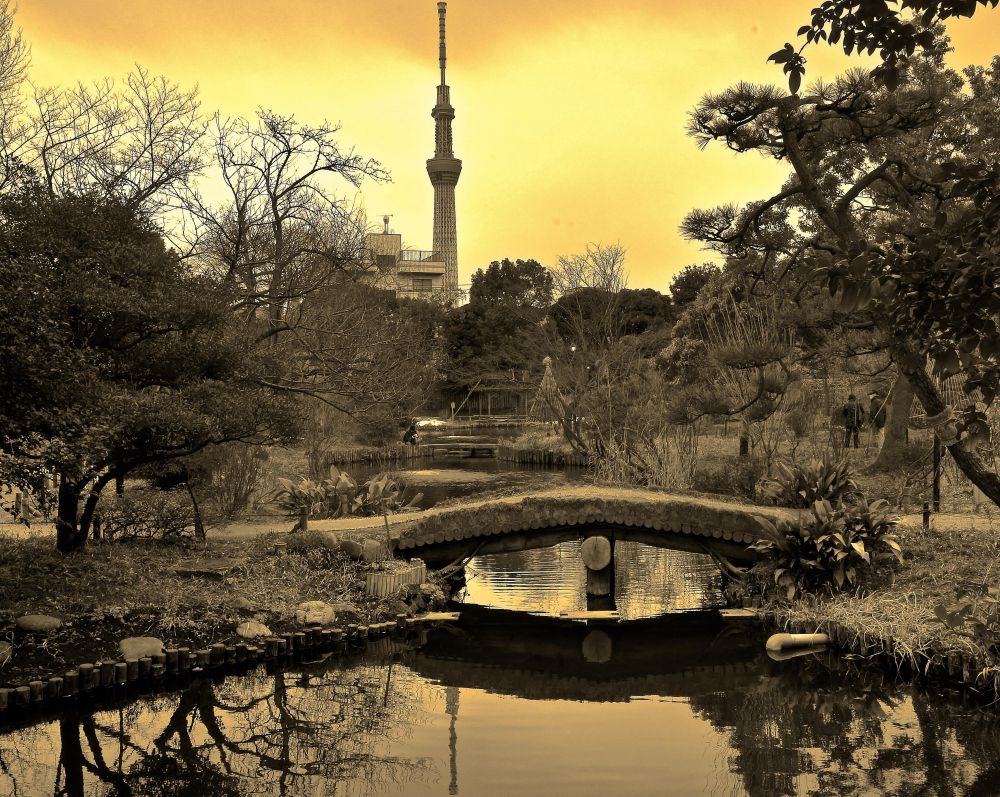
Mukojima Hyakkaen Garden, about an 8-minute walk from the station, is a stunningly beautiful Japanese-styled strolling garden. Supposedly the only garden in Tokyo surviving from the Edo period, it is superbly designed with a charm belying its urban location. Hundreds of plants, poetically inscribed stone monuments, traditional Japanese structures and a 30-meter-long bush clover tunnel only deepen the garden’s historical and native character.
Kita Senju Station
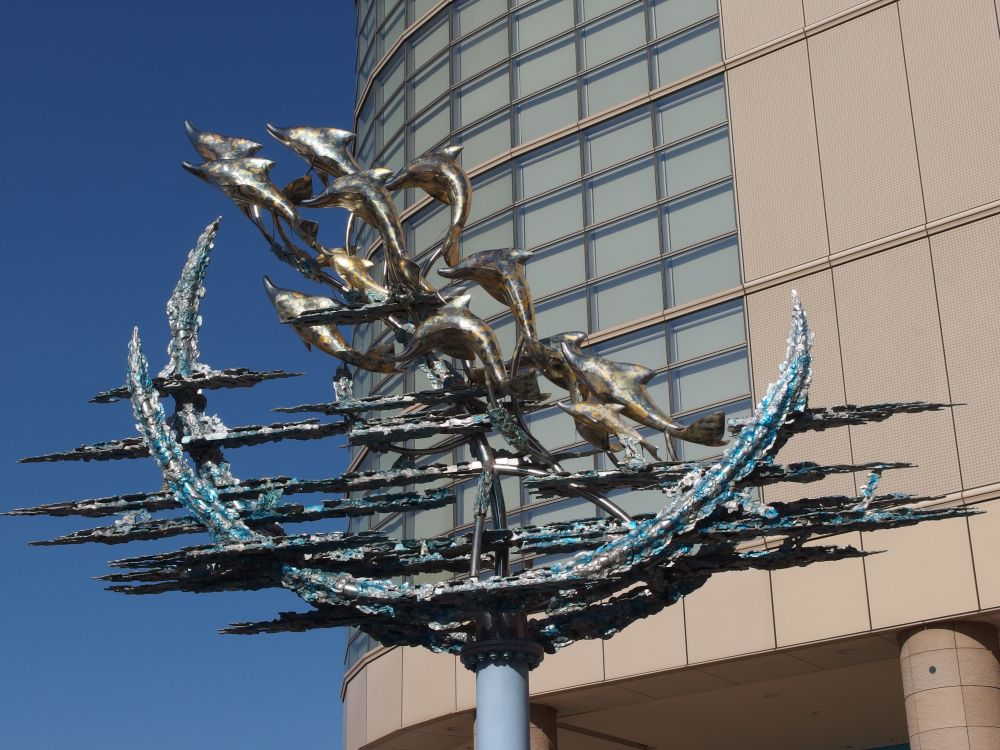
Kita Senju Station serves five train lines and is one of Tokyo’s major train hubs. But step outside of the station and you will enter the classic shitamachi downtown vibe of yesteryear. Full of narrow streets and shopping alleyways, Kita Senju is particularly alive during the evenings when people flock to its local diners, bars and restaurants.
Kita Senju is still dotted with remnants from its time as the starting point for the Edo period Nikko Kaido Highway that once took travelers into the deep north. If you head out the station’s west exit you’ll soon come across Shukuba Machi Dori, a popular shopping and dining alleyway leading to Yokoyama House. Now a private home, it was originally a store for traditional paper goods but still presents that Edo appeal. On the same street, with the same appeal is found in Senju Ema Yoshida House, a 4th generation ema or wooden plaque and lantern crafts shop.
Nishiarai Station
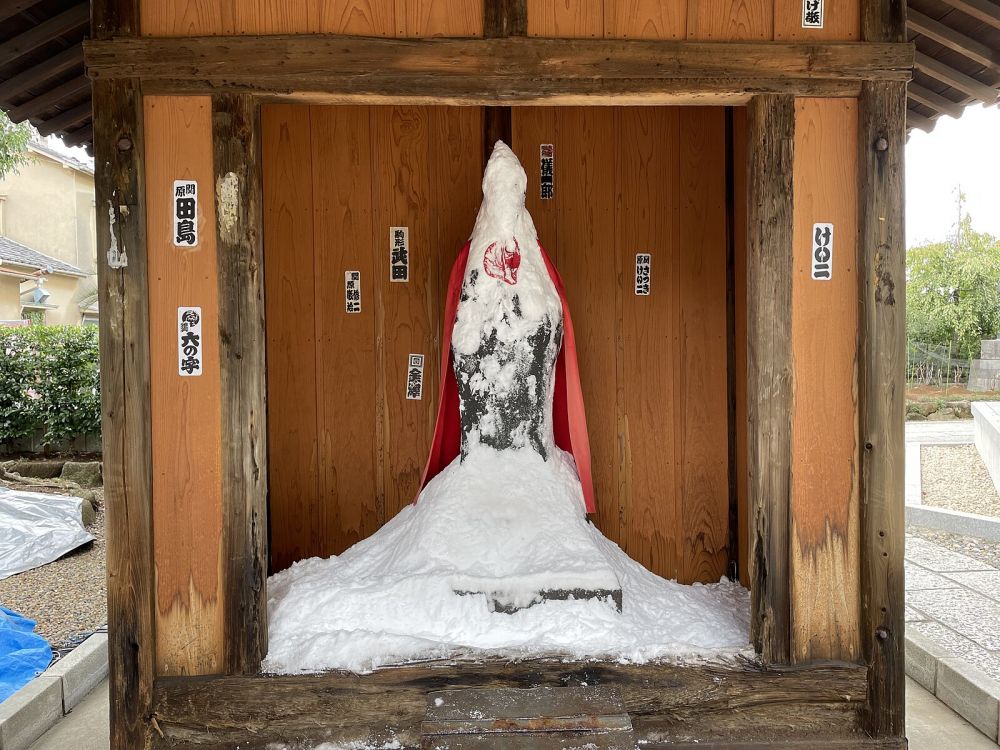
A little cheat here but Nishiarai’s big attraction is actually a stop away along the tiny unfinished Tobu Daishi Line. Right in front of the line’s only stop, Nishiarai Daishi Mae Station, is Nishiarai Daishi. Once known as Sojiji Temple, the temple and shrine complex is a New Year’s magnet. Along with temple gates, pagodas, halls for monks and a pond garden, there is a 700-year-old wisteria tree and a Chinese peony garden with over 2,000 plants. Perhaps the site’s most curious draw, though, is the shio jizo, a statue covered in salt – take a handful of salt from it and if your prayers are answered, return with twice as much as you took.
Dokkyo Daigaku Mae Station
Further on lies Dokkyo Daigaku Mae Station, the stopping point for visiting the nationally recognized Soka Matsubara Promenade. A 5-minute walk from the east exit, the 1.5-kilometer-long promenade features 634 pine trees planted in the Edo period days of master haiku poet Matsuo Basho. The journey that culminated in Basho’s classic work Oku no Hosomichi (The Narrow Road to the Deep North) began in the area. If you visit in July, make sure you attend the Soka Matsubara Dream Festival honoring the master poet.
Kita Koshigaya Station
A few stations along is Kita Koshigaya Station, home to the incredibly detailed Osawa Katori Shrine. A few minutes from the east exit, the intricate woodwork of the shrine dates back to the mid-19th century and comes to life, especially on its north face, with carved motifs detailing the legend of Shuten Doji, a mythical demon leader of ancient Japan who was defeated by Minamoto Raiko, a warrior of the 11th century and his retainers, the Four Heavenly Guardian Kings, the Shitenno.
Kasukabe Station
A prosperous Edo-period waystation on the old Nikko Kaido Highway, Kasukabe features the jaw-dropping construction of the Metro Area Outer Underground Discharge Tunnel and the spacious Uchimaki Park. The legwork required to reach both destinations is well worth it. The discharge tunnel is a massive underground cathedral-like structure designed to drain away flood waters and is the largest structure of its kind in the world. As for Uchimaki Park, you’ll need to take the bus from the station’s west exit but with its open expanses, the place will feel like a breath of fresh air after the hustle and bustle of Tokyo proper. Make sure you get there during the cherry blossom season.
Tobu Dobutsu Koen Station
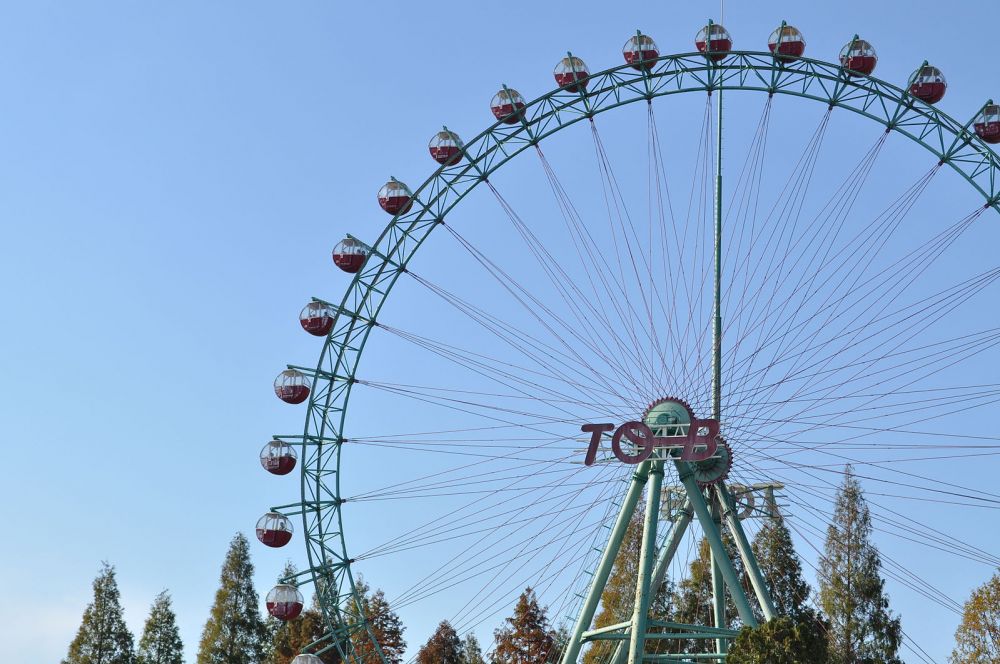
The final station on the Tobu Skytree Line is Tobu Dobutsu Koen Station. About a 10-minute walk from the station’s west exit, you’ll find the sprawling Tobu Hybrid Leisure Land. Featuring a zoo with over 1200 animals—including its famous white tiger—an amusement park complete with proper rollercoasters and during summer, a huge waterworks park with a giant super pool, wave pools and tube slides, the entire park is a definite full-day experience.
Straightforward and easy to access, the Tobu Skytree Line’s direction from the capital’s hustle and bustle to the space of urban Saitama has more than enough to entertain curious visitors looking for a change from central Tokyo.

